20 Awesome Sarcophagi of the Ancient World
A sarcophagus is a receptacle, usually made of stone, that is made to hold a coffin or corpse. Unlike coffins, which are buried, sarcophagi are usually displayed above the ground and for this reason they are often elaborately decorated, carved, or inscribed, and usually formed an important part of elaborate burial practices.
The earliest sarcophagi were used by the Egyptian pharaohs from around 2600 BC, but they became popular with the Etruscans, Greeks and Romans, although not exclusively. Here we showcase some of the more impressive sarcophagi of the ancient world.
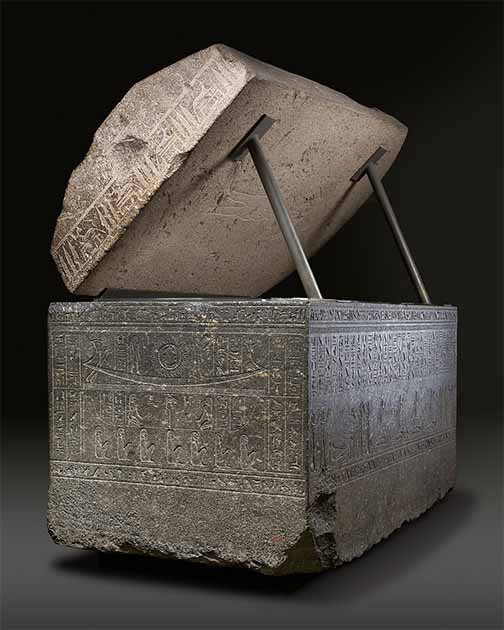
The Sarcophagus of Wennefer, 380–332 BC, is a magnificent example of an unusual type of large trapezoidal sarcophagi. The decoration, carved expertly into the hard stone, features an image of Wennefer’s ba, in the form of a human-headed bird, on the lid. The texts are spells from the Book of the Dead, meant to guarantee the successful transformation of Wennefer into an effective spirit (MetMuseum / Public Domain)
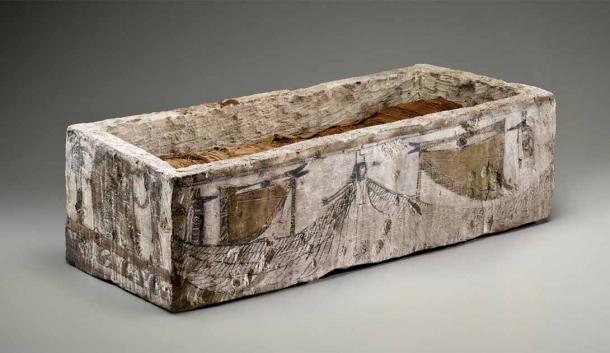
Limestone sarcophagus for a cat mummy, 305 BC - 1st century AD, Egypt. (Brooklyn Museum / CC)
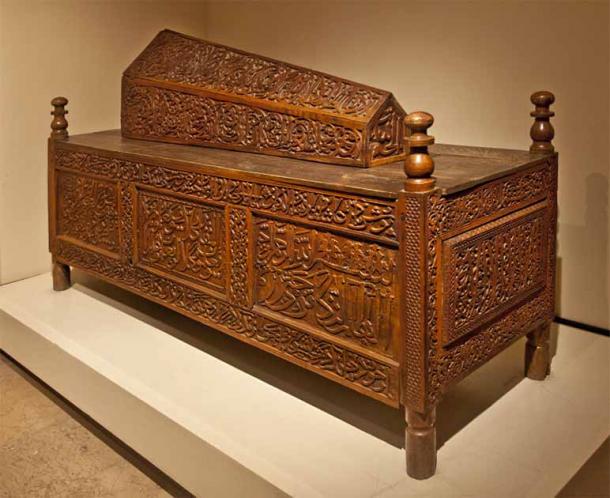
Islamic sarcophagus from the Seljuk Period, Turkey. (Florida Center for Instructional Technology / ClipPix ETC)
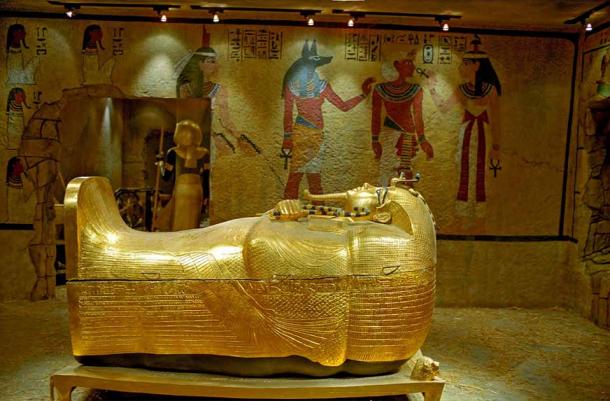
The golden sarcophagus of Tutankhamun (David Biagi / Adobe Stock)
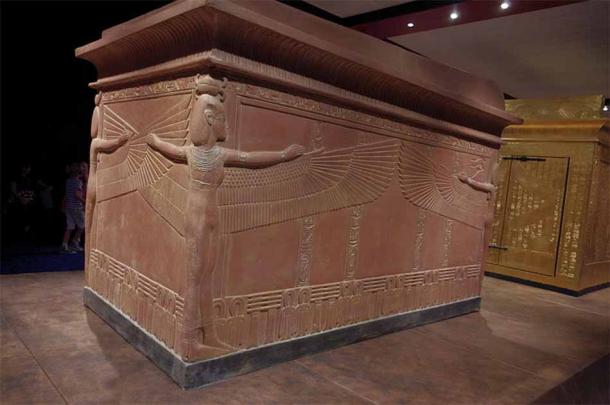
Quartzite Sarcophagus of Tutankhamun, contained three coffins nested within each other. The lower body of the sarcophagus is made of brown quartzite and the lid is made of pink granite tinted to the color of the box. On the sarcophagus are the figures of four goddesses, Isis, Nephthys, Neith, and Selket, carved in high relief on the corners, their wings outspread to protect the body within the sarcophagus. (Traumrune / CC by SA 3.0)
- Rest Like an Egyptian: Lifting the Lid on the Elaborate Phoenician Tabnit Sarcophagus
- Inscribed Curse on the Sarcophagus of King Ahiram Displays Earliest Use of Phoenician Alphabet
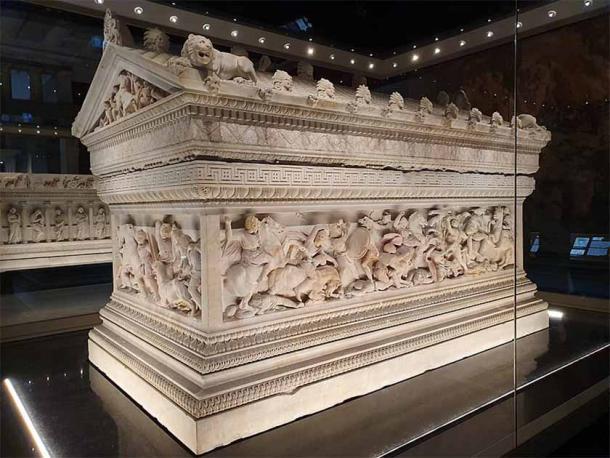
The Alexander Sarcophagus is a remarkably well-preserved, late 4th century BC Hellenistic stone sarcophagus from the necropolis near Sidon, Lebanon. It is adorned with bas-relief carvings of Alexander the Great and scrolling historical and mythological narratives. (Antoloji / CC by SA 4.0)
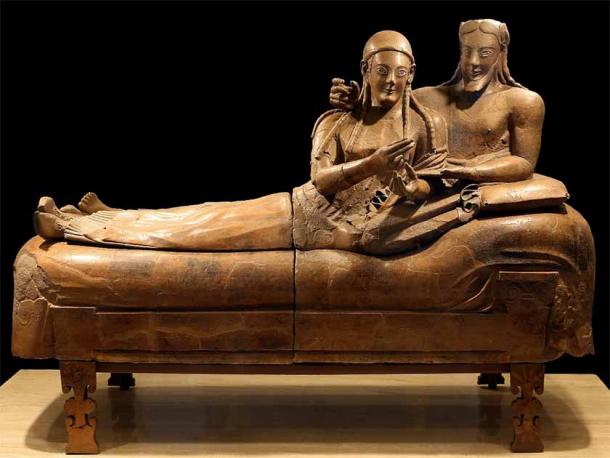
Sarcophagus of the Spouses from Caere, 530 – 510 BC. The Sarcophagus of the Spouses is considered one of the great masterpieces of Etruscan art. (Sailko / CC by SA 4.0)
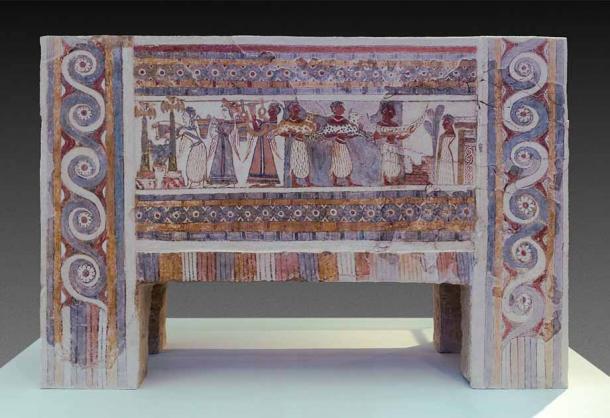
The Hagia Triada Sarcophagus is a late Minoan limestone sarcophagus, dated to about 1400 BC, excavated from a chamber tomb at Hagia Triada, Crete in 1903 (Jebulon / CC0)
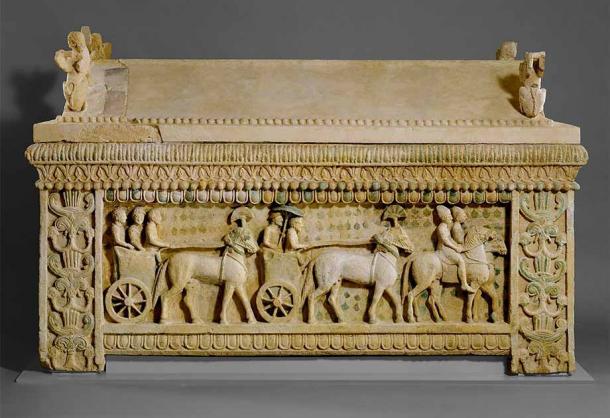
The Amathus Sarcophagus, 5th century BC. This limestone sarcophagus probably belonged to one of the kings of Amathus. It is unique among ancient Cypriot sculptures in its monumentality and in the preservation of its polychromy. (MetMuseum / Public Domain)
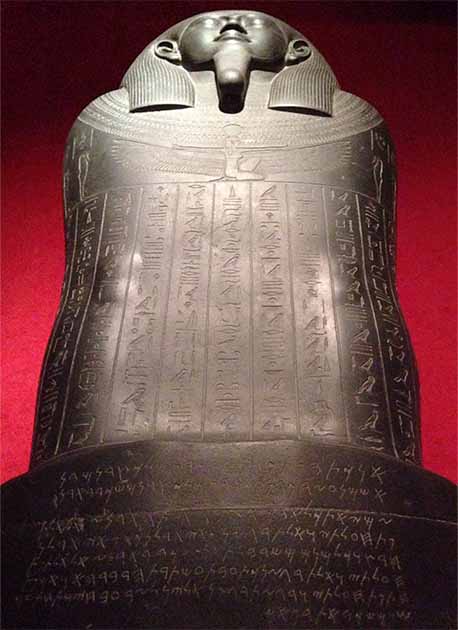
The Tabnit sarcophagus is the sarcophagus of the Phoenician King of Sidon Tabnit I (ruled c. 549–539 BC), the father of King Eshmunazar II. The sarcophagus is decorated with two separate and unrelated inscriptions – one in Egyptian hieroglyphics and one in Phoenician script. The latter contains a curse for those who open the tomb, promising impotency and loss of an afterlife. (oncenawhile / CC by SA 3.0)
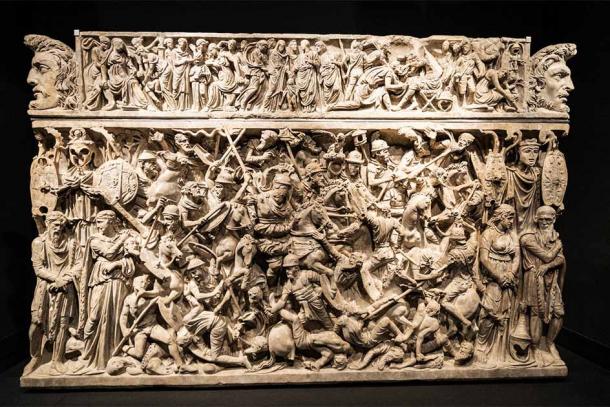
The Portonaccio sarcophagus is a 2nd-century ancient Roman sarcophagus found in the Portonaccio section of Rome, Italy. The sarcophagus was likely used to bury a Roman general killed in the 172–175 AD German-Sarmatic campaign of Marcus Aurelius during the Marcomannic Wars. (jordi2r / Adobe Stock)
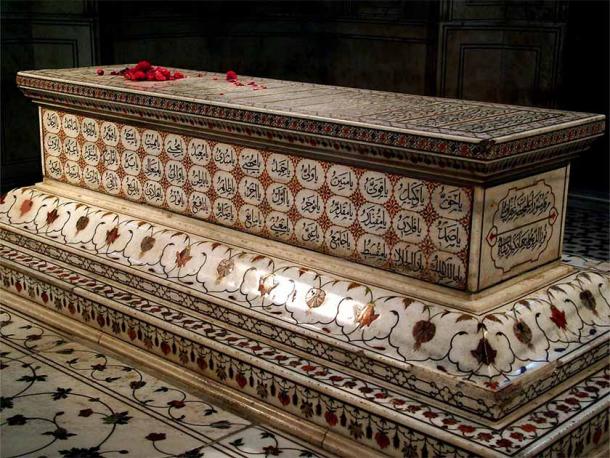
The Sarcophagus of Jahangir in the 17th-century mausoleum built for the Mughal Emperor Jahangir. The mausoleum dates from 1637, and is located in Shahdara Bagh near city of Lahore, Pakistan. It contains the 99 Names of Allah, a common theme in Islamic mysticism. (Guilhem Vellut / CC by SA 2.0)

Marble Sarcophagus Tomb of Grand Prince of Kyiv Yaroslav the Wise, the Grand Prince of Kiev from 1019 AD until his death, in St. Sophia Cathedral in Kyiv, Ukraine (vlamus / Adobe Stock)
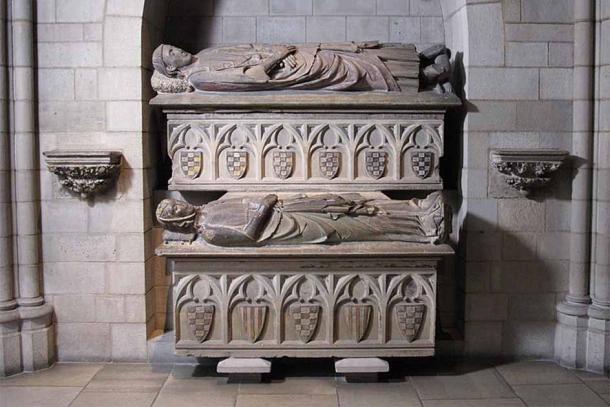
Double Tomb of Don Àlvar Rodrigo de Cabrera, Count of Urgell and His Wife Cecília of Foix, 1300 – 1500 AD (MetMuseum / Public Domain)

Ancient Lycian sarcophagus in water, Simena village, Kekova, Turkey. (muratart / Adobe Stock)
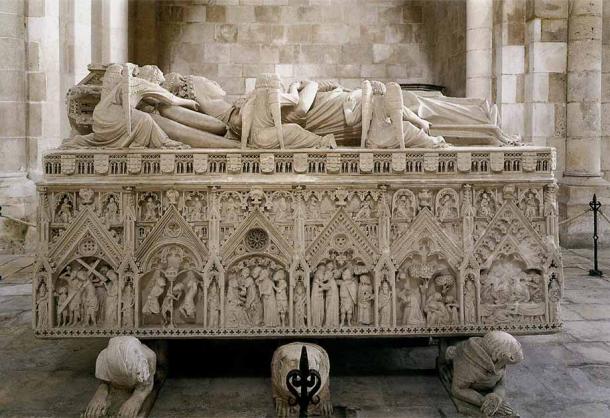
Sarcophagus of Pedro I, 1360-67 AD, White limestone (Web Gallery of Art)
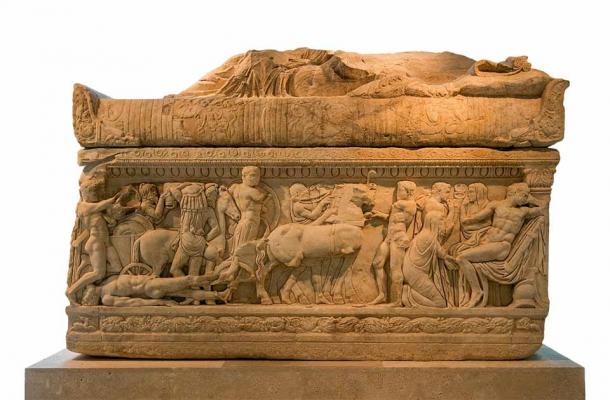
Ancient Greek sarcophagus decorated with scenes from Iliad (Lefteris Papaulakis / Adobe Stock)#

Mosaic of dragons on Chinese sarcophagus. (Deniz / Adobe Stock)
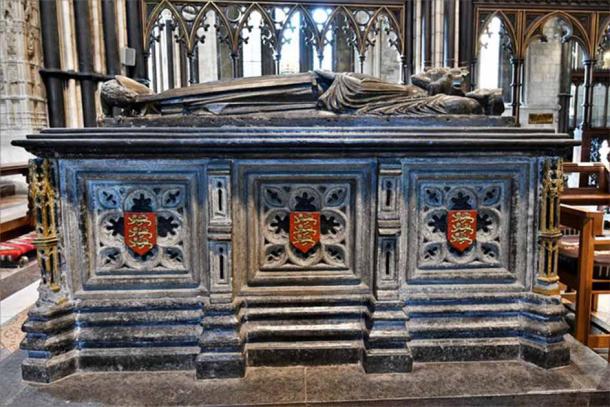
Tomb of King John d. 1216, Worcester Cathedral, England. King John was the 7th king to rule Britain since conquest of 1066. The carving on John’s tomb is exceptional as it is an excellent depiction of the real man at the time of his death rather than a heroic interpretation. Dating back to 1232, it is also the oldest royal effigy in England. (Michael Garlick / CC)
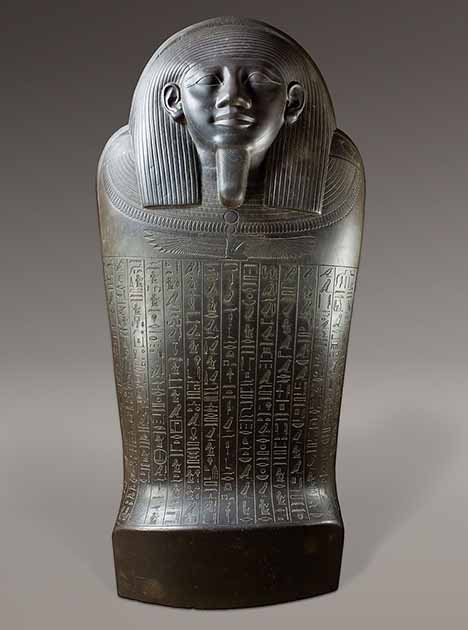
Anthropoid Sarcophagus of Harkhebit, 595–526 BC. (MetMuseum / Public Domain)
Top image: The golden sarcophagus of Tutankhamun (David Biagi / Adobe Stock)
By Joanna Gillan
















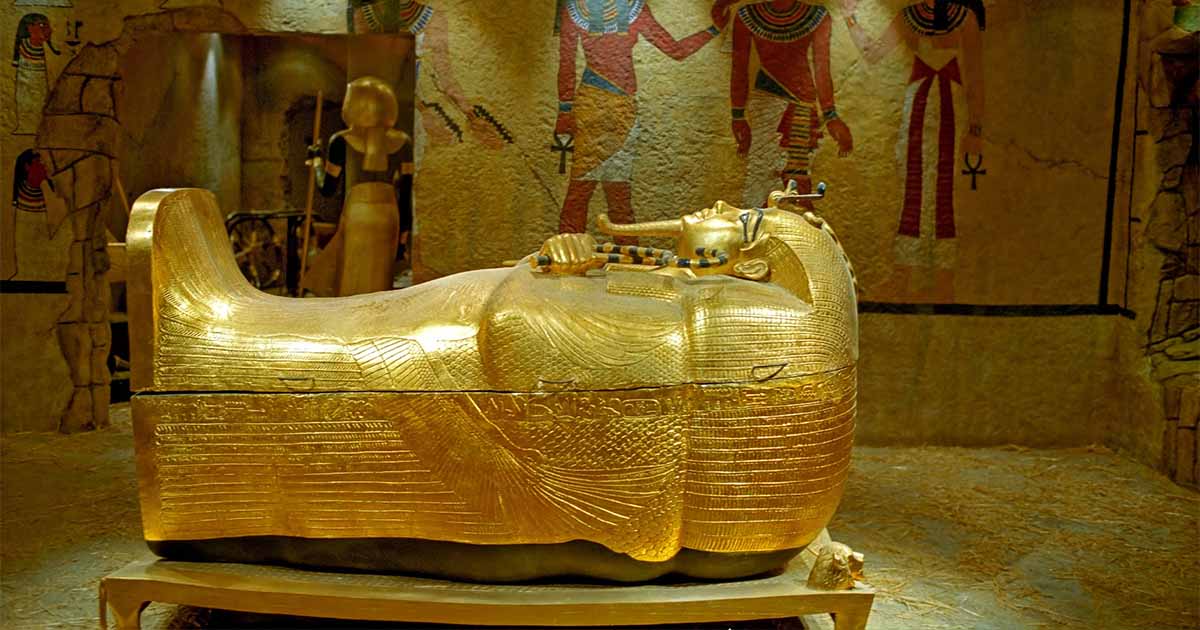

Comments
The word funeral itself comes from the Latin funus, used by Ancient Rome to denote all manner of things surrounding death and the dying.
From the article, "A sarcophagus is a receptacle, usually made of stone, that is made to hold a coffin or corpse. Unlike coffins, which are buried, sarcophagi are usually displayed above the ground and for this reason they are often elaborately decorated, carved, or inscribed, and usually formed an important part of elaborate burial practices."
Actually, they were typically made from wood, but of course wood decays, so most didn't last the hands of time, buried in all the dust and debris. With respect to their shape, with a large base at the foot of them, they were meant to be stood upright, which suggests they were NOT designed to hold dead bodies. Due to their ornate nature, it seems their purpose was decorative and ceremonial, perhaps a storage case of sorts for important family keepsakes and jewels. Let's not forget, the ancient Greek root word for 'funeral' is torch, which tells us their customary method of sending off their dead loved ones, into the heavens, via funeral pyre.
Nobody gets paid to tell the truth.